Customer intelligence is key to becoming more relevant as a retailer but what is it and how do you get started?
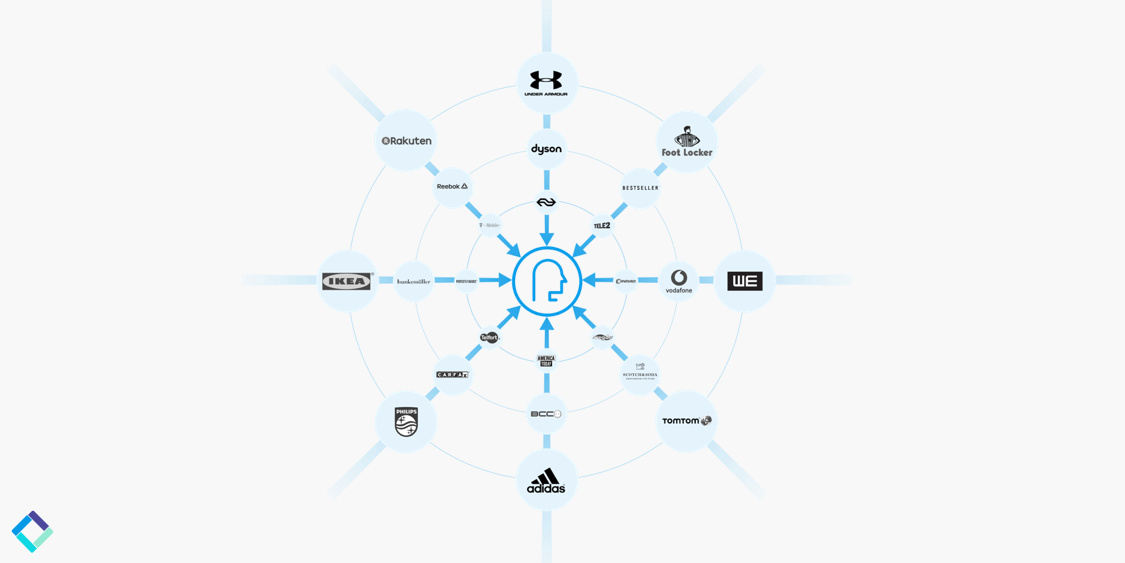
Customer intelligence is key to becoming more relevant as a retailer but what is it and how do you get started?
In our increasingly competitive business environment, how do you begin to maximize business value? As an online retailer with the desire to thrive in this customer-centric world, how do you engage with your customers better?
The answer: Customer intelligence. So what is it and how do you begin to leverage customer intelligence omnichannel?
I’m glad you asked. Let’s figure this out together.
Customer intelligence is the process of gathering and analyzing customer data and turning it into actionable insight.
It does not only answer questions of Who, What, When and Where but also Why.
CI can be used to improve your communication with your audience by providing the information you need to segment campaigns, relieve journey bottle-necks, along with a host of other use cases.
For example, customer intelligence can be used for psychographic segmentation.
Although a bit of a mouthful, psychographics are how you can understand your shoppers on a more intrinsic level.
But that's not the only reason why customer intelligence can help you maximize your business impact.
Customer intelligence it is the universal way forward for any brand with eCommerce ambition. By placing emphasis on the customer and their data, you can:
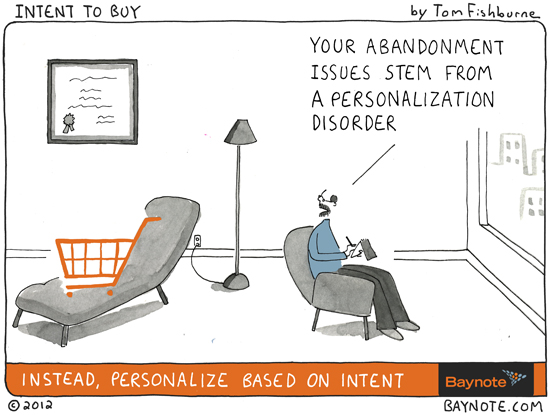
I say “inevitable” because according to a Harvard Business survey, customer analytics (and with it, customer intelligence) improved customer experiences by 60% which led to better customer retention of 58% (seeing customers return time and time again).
And if you break it down, of course understanding your customer is important to their shopping experience: a Dutch boy doesn’t want a suggestion popping up about high-heels exclusively found in Spain whilst browsing for running shoes online.
Customer intelligence enables personalization. It's as simple as that.
And guess what? The London Research Customer Analytics Report suggests that 69% of business-leaders in customer intelligence are increasing their investment in this field. This means that:
The next thing to ask yourself is: do I want my business to be a leader in customer intelligence? If the answer is yes, then keep reading.
Customer intelligence data can be collected in various ways, but let’s quickly cover the most common methods:

Raise your hand if you have customer personas.
Everyone? Thought so.
I’m willing to bet that you created these initially based on a combination of guesswork then validation through some kind of interview format.
This qualitative approach is among the most popular, as it’s the first touch point in understanding your target audience on a more personal level.
These interviews can be a great starting point for defining your customer. However, it’s not always the best tool to really understand them because it's difficult to scale and individuals can give socially desirable answers.
So let’s move onto some more effective approaches.
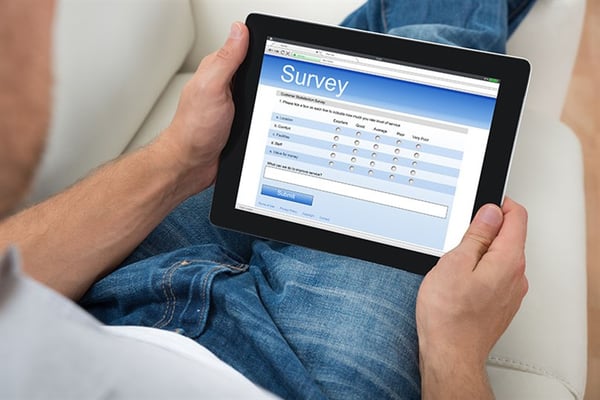
Surveys can be a great way of obtaining customer data with a bit more volume than is possible with interviews and groups.
Especially when you hire a market research firm with a broad network. Or use more natural "conversational forms" like those of Typeform.
These surveys are effective at measuring the explicit beliefs, intentions, and motivations of your audience. By explicit, I mean that answers that we consciously think about.
These decisions are also referred to as System 2 decisions for those of you who may have read Daniel Kahneman’s Thinking, Fast and Slow.
Explicit thoughts and decisions make up approximately 20% of the choices made on a daily basis. Meaning that there can be a pretty large gap between what people think they will do and what they actually do.
For this reason, it’s essential to follow up any interviews or surveys with research methods that collect real-time behavioral data.
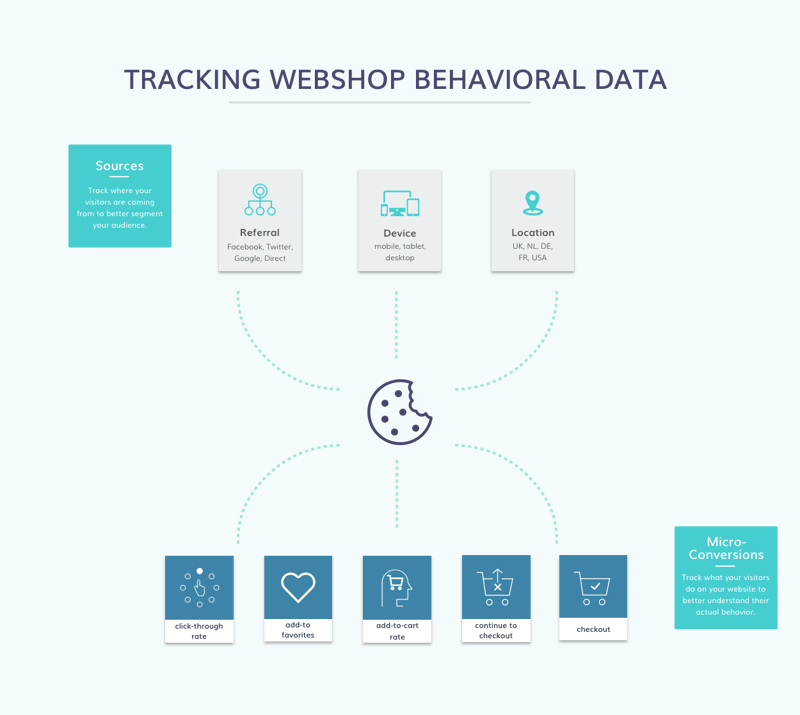
A more precise way to collect customer intelligence is by sifting through your website’s behavioral data. Analyzing this data can give you insight into the bottlenecks your website visitors’ might be experiencing that are preventing conversion.
However, where the real goldmine of behavioral data tracking is when you run experiments on your website. When doing this, behavioral data can be the key to learning about the motivations and behavioral tendencies of your audience.
By running experiments on your webshop, you can test how your visitors respond to different subconscious triggers like CTA colors, pricing, or persuasive messages.
But why would you want to use “subconscious triggers?”
Well, these can help you determine how your target audience makes decisions and the psychological triggers that initiate their behavior. By collecting the resulting experimental data, you can segment your target audience and make various customer profiles so you can personalize the customer experience on a micro level.
Check out this blog post for a step-by-step guide to setting up experiments to collect these data profiles.
After conducting the necessary customer research, you should have various data points that represent your target audience and the multiple profiles (or personas) that fit within it.
To turn data into intelligence, you need to integrate the various points into a greater context. For example, you may have the following data points from several hundred visitors:
When translated into customer intelligence, it might look something like this:
Website visitors in London that are coming from Facebook on an iPhone (Chrome) respond positively to social proof messaging when faced with choice overload on the product listing page. Individuals who respond to social proof generally look to others in times of uncertainty to help themselves to make a decision.
This segment is also motivated by excess demand scarcity messaging on the product detail page. This tendency prompts users to act decisively out of fear of missing out on buying the selected product.
With this, you’ve created a new segment that can be tested in other channels.
For online retail, this information is especially interesting for increasing conversion (acquisition, order value, and upsell) and effective omnichannel marketing.
So, to take this one step further, you can turn this intelligence into insight. Customer intelligence insights can be used to improve the relevancy of the customer experience, ensuring that your messages resonate with their audience.
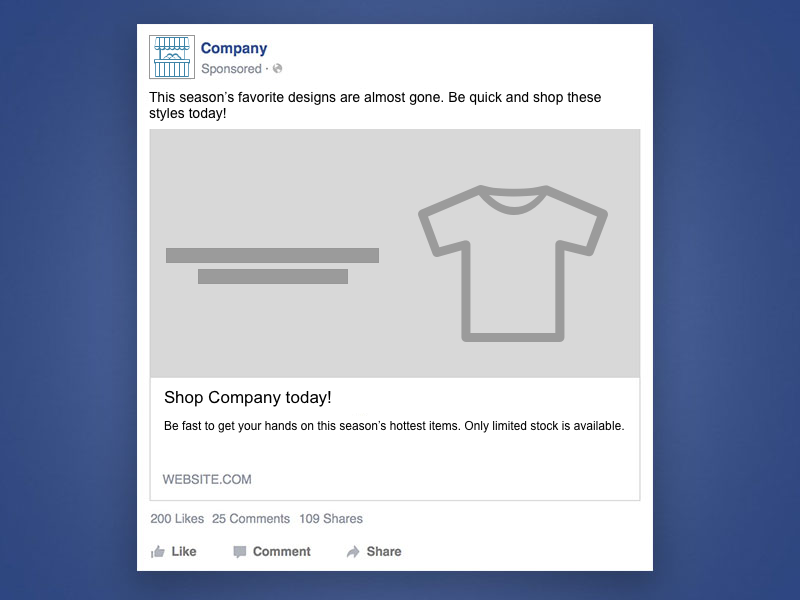
From the description above, you can implement this into your communication by using social proof/excess demand scarcity message on that segment. For example, a Facebook ad campaign can be created using a mix of social proof and scarcity.
Customer intelligence provides the context in which purchase decisions are made so you can apply the insight omnichannel to increase conversion.
Getting customer intelligence and then using it is the first part. But every motivated eCommerce pro wants to know how to maximize customer intelligence.
To make things easy for you, I've broken it down into 4 easy steps you can follow:
If you are able to successfully integrate these steps into your business strategy you can give yourself a pat on the back.
But don't forget these steps need to start with a mandate from C-level down.
Martech! Sounds like a call to arms, but is rather the seamless merging of marketing and technology.
By creating departments that merge these roles your business will be able to centralize its data better and bridge the gap between commercial goals and analytics.
Let me give you some tools to start with.
To get the most out of customer intelligence, you will likely need a system that can store the information.
To do this, most companies will go for a Customer Relationship Manager (CRM), Data Management Platform (DMT), or a Customer Data Platform (CDP).
These three systems serve different purposes, so whichever you go with largely depends on the industry, department, and needs.
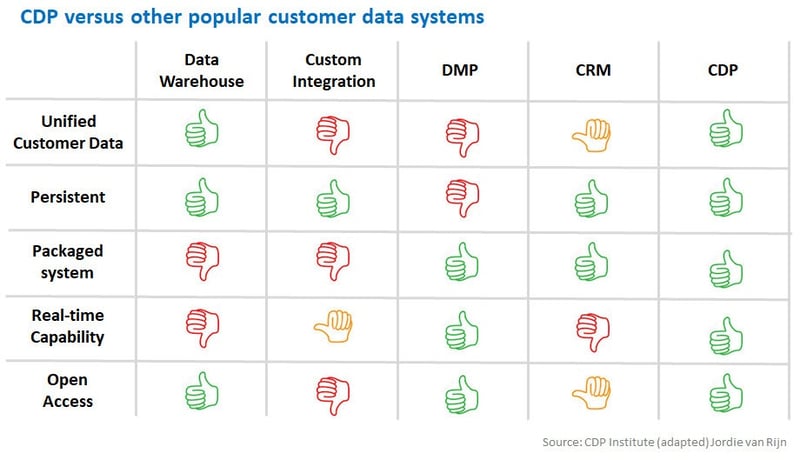
CRM systems are generally used to monitor the business relationship with individual customers. In the retail industry, these are primarily used to track transactions and customer communication.
It uses this information to understand who purchased which products, when they were obtained, and the process they went to buy them. Because of this, it can be used to streamline marketing automation to existing customers.
Unfortunately, however, CRMs aren’t generally able to process large volumes of data from multiple sources, making it not an ideal platform for storing customer intelligence.
Although many may confuse DMPs with CDPs, which is understandable as they seem quite synonymous, they are structurally different.
DMPs are designed to serve advertisements and retargeting campaigns with the use of a cookie. The profiles saved within this system remain anonymous, making it more difficult to target specific users.
Additionally, since cookies expire after ninety days, most insights collected in these systems expire after that period.
For many companies, this is sufficient for segmenting purposes. However, if you’re looking for more tailored personalization, you may want to look further.
The preferred option would be using a CDP. This system will use a visitor’s PII (personally identifiable information) to collect and analyze multiple data points throughout the customer journey.
This means that interactions with a brand can be monitored across channels, thus, are not limited to the interactions with previous customers. Because it integrates data points from all sources, gaining a 360-view of customers is attainable.
CDPs use machine learning to sift through data to make segmentation efforts more straightforward to use across company departments.
The result of all these features is a comprehensive of your customers and website visitors in one place.
For this kind of infrastructural strategizing, you should consider who will be the project manager to act as a bridge between the customer analytics tools, platforms, and your business.
With these considerations in mind, you can solidify or acquire the appropriate technology and IT infrastructures that can facilitate a customer intelligence strategy.
“That’s where companies struggle - defining their objectives - even before they start thinking about the IT infrastructure or the cultural shift that needs to happen” (Jacobs of McKinsey & Co, SAS Real-Time Customer Analytics Report).
I know it may seem like a lot to incorporate and may be a slow process, but it is a transformation that has to happen if you are to cope with the future demands of online retail.
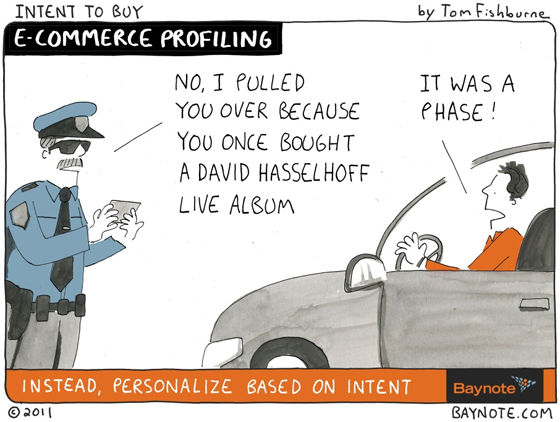
So you have your strategy in place for leveraging customer intelligence. But what does it mean to be mature in this area?
To achieve advanced analytics maturity according to the London Research Customer Analytics Report can be garnered from,
"AI-driven analytics and insights delivering significant ROI and customer experience improvements."
Enhancing your digital analytics will provide you with a more complex picture of your customer, which is why several international organizations have been working with a similar model (also using psychographic data) to better understand cultural nuances.
Increasing your customer intelligence maturity starts at the top level where decision-making executives need to be the driving force to embrace this culture shift company-wide.
So, ensure that you have a top-down mandate to hire a qualified customer intelligence analyst or data scientist who can engage with customer data at every stage of the buyer’s journey.
Then, set up the necessary systems to provide a data-driven overview of all customer interactions with the business.
Customer Intelligence = Improved Customer Experience = Return On Investment
Simply put,
a) buying the best software for customer analytics/intelligence
b) using the technology to its full potential.
Significant, strategic IT investments will create opportunities across all segments of the supply chain- see image below from Capgemini’s report on how unleashing AI across functions offers a multi-billion dollar opportunity - and determine your competitive advantage.
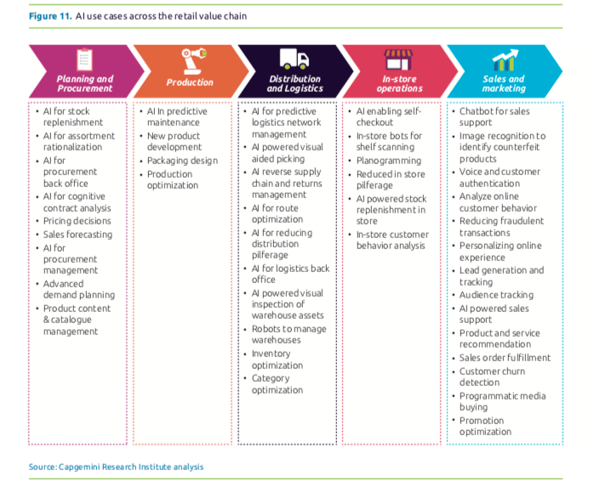
(partnering with startups hint hint can also be mighty beneficial to helping improve the complexity of your online offers).
AI is a critical component for customer intelligence since most customer intelligence technologies are already leveraging this kind of machine learning to refine their insights and enhance customer experiences.
Why?
Well if you think about trying to synthesize billions of data points to uncover actionable insights, AI has the capacity to deal with this scale and complexity. And AI doesn’t complain about it either.
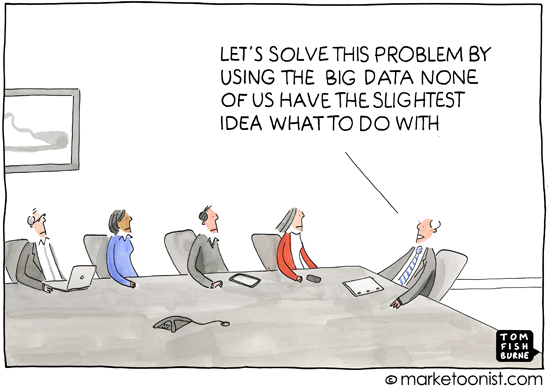
AI is continuously looking for the best options in the online shopping experience whilst taking into account the context of the shopper. AI is able to consider people’s differences and carry out simultaneous (multivariate) tests (see Psychographic testing methods that can be leveraged in eCommerce).
Adopting AI means the potential for growth since it has the data integration tools already built into its machine learning. AI is the product innovation that determines business intelligence and can give you a competitive advantage over others:
“It's the organizations that are embracing AI today that are already setting themselves apart from competitors and delivering winning customer experiences.” (SAS)
Naturally, one of the most critical elements of investing in new methods or technology is analyzing its impact.
There are several ways to do this, depending on your focus, monitor:
This may be the hardest part: How do we harness big data to provide actionable insights?
We’ve already tracked the importance of interdepartmental organization and integrating tech skills with cultural know-how.
Your data should highlight customer segmentation, customer insight, and profitable products as equal pillars of success.
Leveraging this data to create intelligence is the leap you need to make towards a more customer-centric business model.
WARNING: Don’t forget the past 3 steps! Make sure you stick to your original customer intelligence strategy and revisit it regularly to make sure you’re on the right track.
Customer intelligence is a pioneering model and, analytically, the way forward. Data-driven approaches are now becoming the next urgent step for retailers. If you want to be part of this then the only thing left to say on my end is: data, data, data, data.
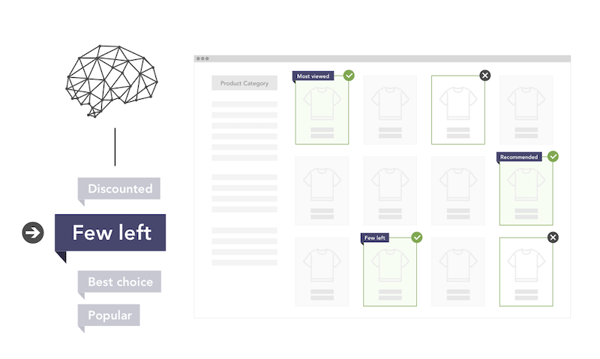 [Crobox AI experiment]
[Crobox AI experiment]
The point is: customers are becoming more and more demanding. They have the right to be because we can now curate their shopping experiences.
If you want to provide the same kind of service to your customers as your competitors then you will need to close the gap between retailer and shopper, and this can be achieved through maximizing customer intelligence.
To sum it up, this is important because customer intelligence personalizes the individual shopper's experience of your store which in turn means:
And the way you can start by doing this is:
If you think you need help to appropriate these steps, No Fear: Crobox is Here.
Pairing AI with psychology, we provide unique insights that tailors content for your customers. This means that we are your customer intelligence strategy, we have the technology necessary for digital analytics, and we can help you make the most of your data providing actionable results.